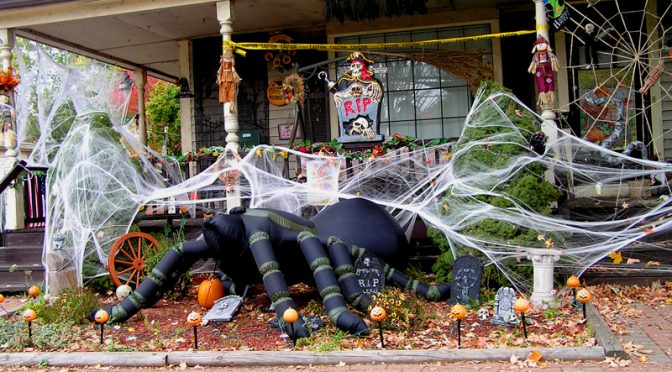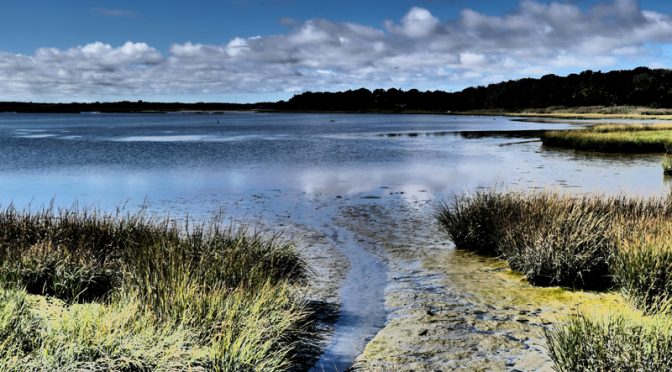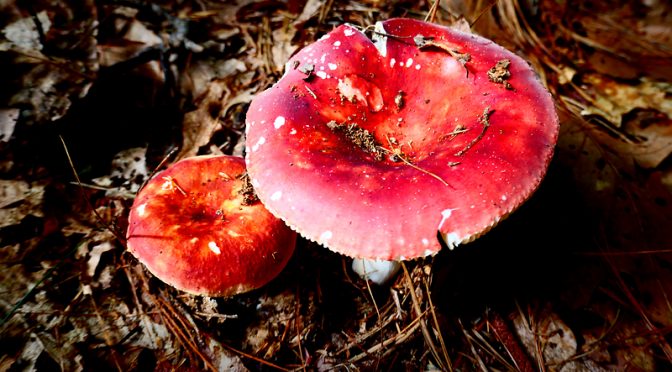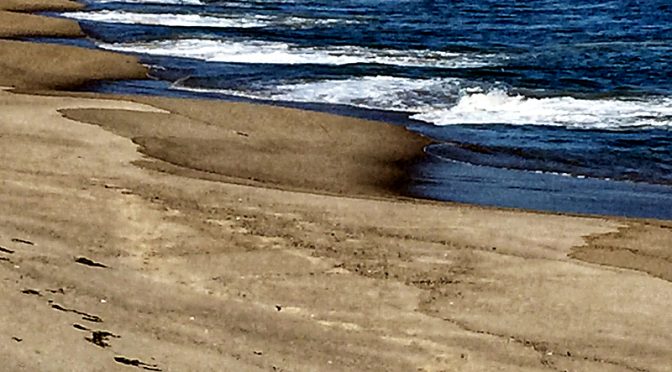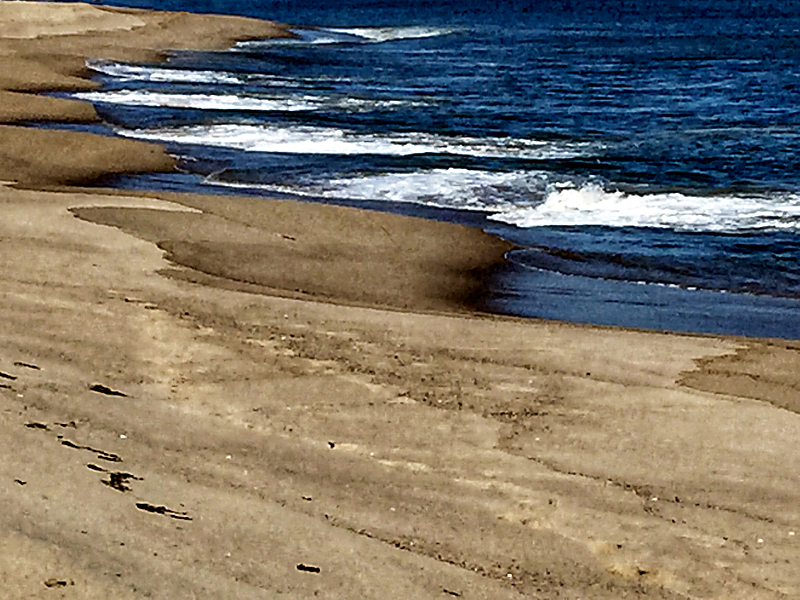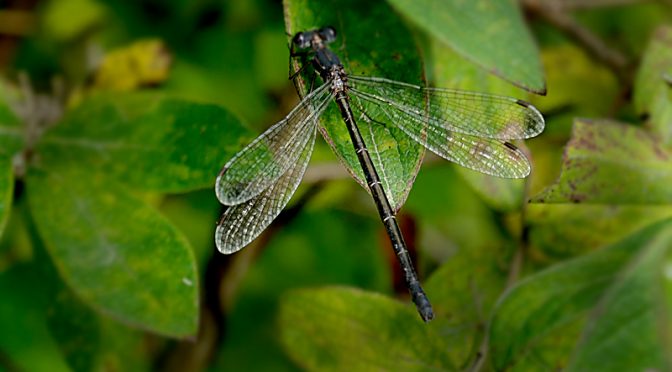Walking along the trail by Nauset Marsh at Fort Hill I saw something move out of the corner of my eye. I stopped and started photographing, thinking it was a dragonfly of some sort. This lady happened to be passing by and stopped and looked and said, “Oh, a Damselfly.” I said, “Oh good, now I know what it is!”
I did a bit of research on the internet and found that:
There are four details that even the most inexperienced bug watcher can use to identify if the insect is a dragonfly or a damselfly. They are the eyes, body shape, wing shape and position of the wings at rest.
Dragonflies have much larger eyes than damselflies, with the eyes taking up most of the head as they wrap around from the side to the front of the face. The eyes of a damselfly are large, but there is always a gap of space between them.
Dragonflies have bulkier bodies than damselflies, with a shorter, thicker appearance. Damselflies have a body made like the narrowest of twigs, whereas dragonflies have a bit of heft.
Both dragonflies and damselflies have two sets of wings, but they have different shapes. Dragonflies have hind wings that broaden at the base, and which makes them larger than the front set of wings. Damselflies have wings that are the same size and shape for both sets, and they also taper down as they join the body, becoming quite narrow as they connect.
Finally, you can spot the difference when the insect is at rest. Dragonflies hold their wings out perpendicular to their bodies when resting, like an airplane. Damselflies fold their wings up and hold them together across the top of their backs.”
Now that is pretty cool, don’t you think?

